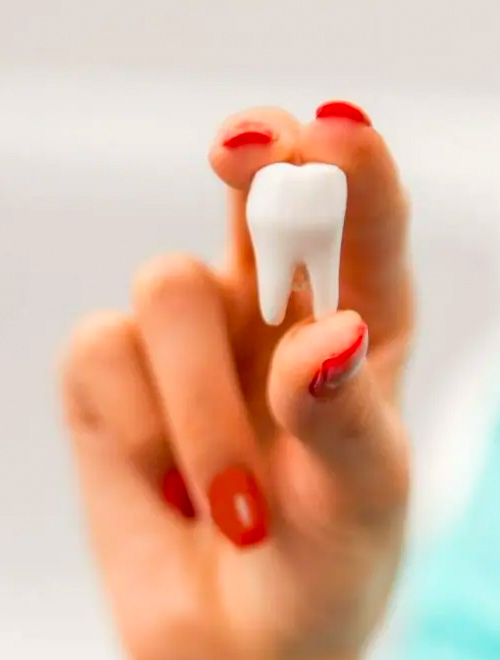
What is Teeth Extraction?
Teeth extraction is a dental procedure during which your tooth is completely removed from its socket. Sometimes, people refer to this as “pulling” a tooth.
Why do patients need extractions?
- Crowding — Sometimes a dentist will extract teeth so that orthodontia can be performed. The goal of orthodontia is to align the teeth properly, which may not be possible if your teeth are too large for your mouth. Likewise, if a tooth cannot break through the gum (erupt) because there is no room in the mouth for it, your dentist may recommend extracting it.
- Infection — Tooth decay or damage can extend to the pulp, the center of the tooth containing nerves and blood vessels. If bacteria in the mouth enter a damaged or decayed tooth, infection can occur. Extraction may be needed to prevent spread of infection if antibiotics or root canal therapy do not cure it.
- Risk of infection — If your immune system is compromised (for example, if you are receiving chemotherapy or are having an organ transplant), even the risk of infection in a particular tooth may be reason enough to pull the tooth.

What to expect
Dentists and oral surgeons (dentists with special training to perform surgery) perform tooth extractions. When you have a tooth removed, your dentist will numb the area with a local anesthetic. This might be enough for one tooth, but if you are having several teeth pulled or if one of them is impacted, you may need a general anesthetic to prevent pain throughout your body and to keep you asleep throughout the procedure.
If a tooth is impacted, the dentist will remove gum and bone tissue that cover it, then grasp the tooth with forceps and gently rock it back and forth to loosen it from the jaw bone and ligaments that hold it in place. Sometimes, an impacted tooth must be removed in pieces.



